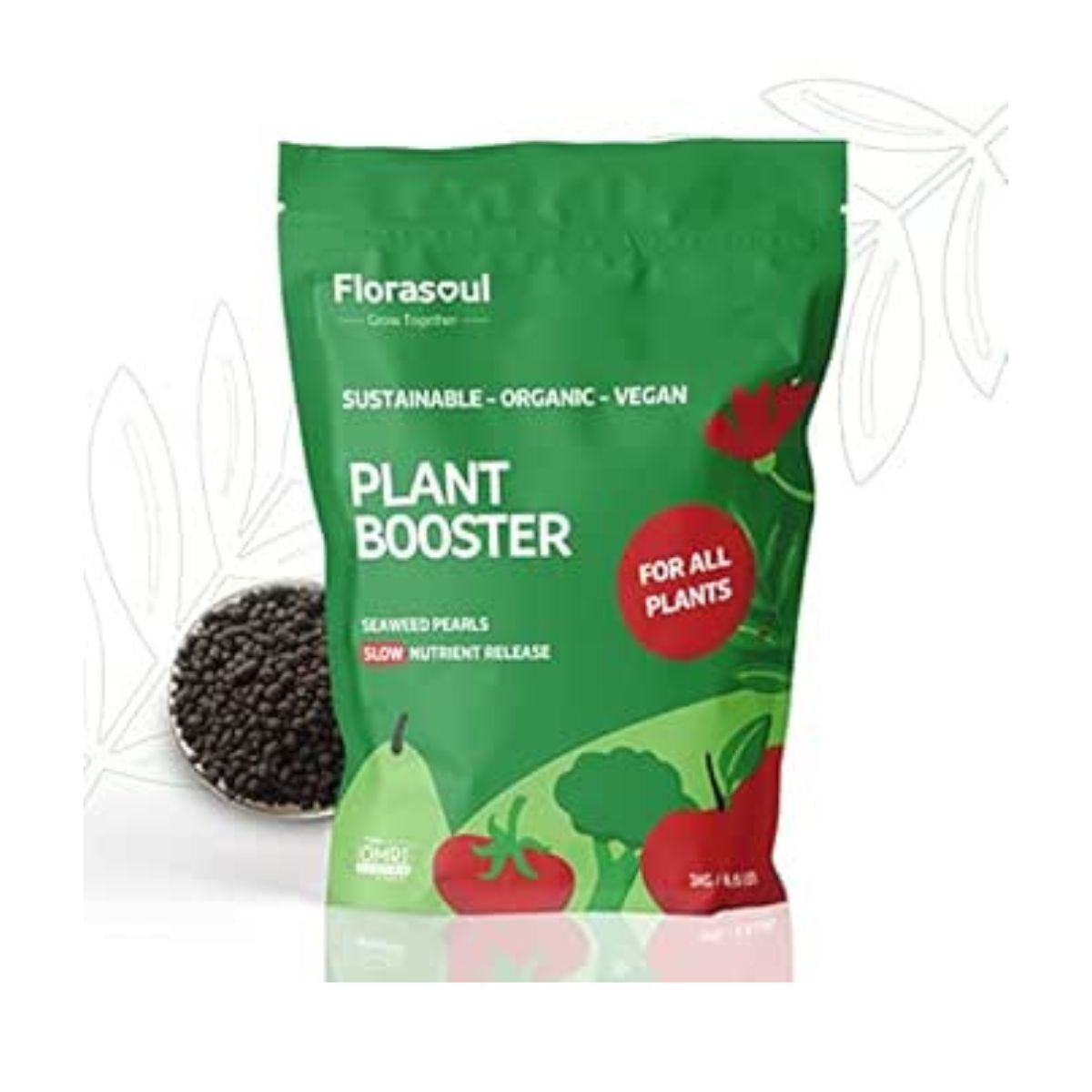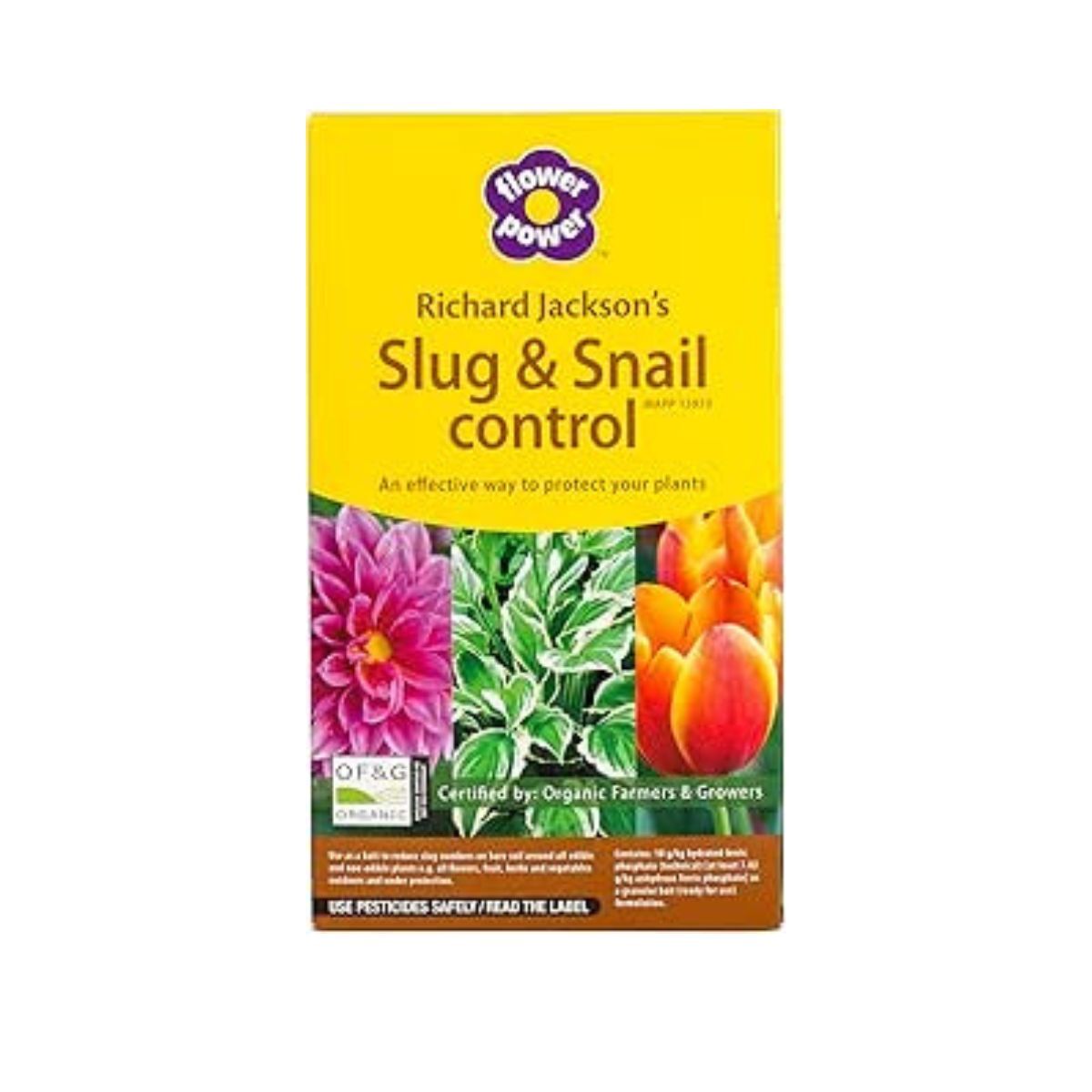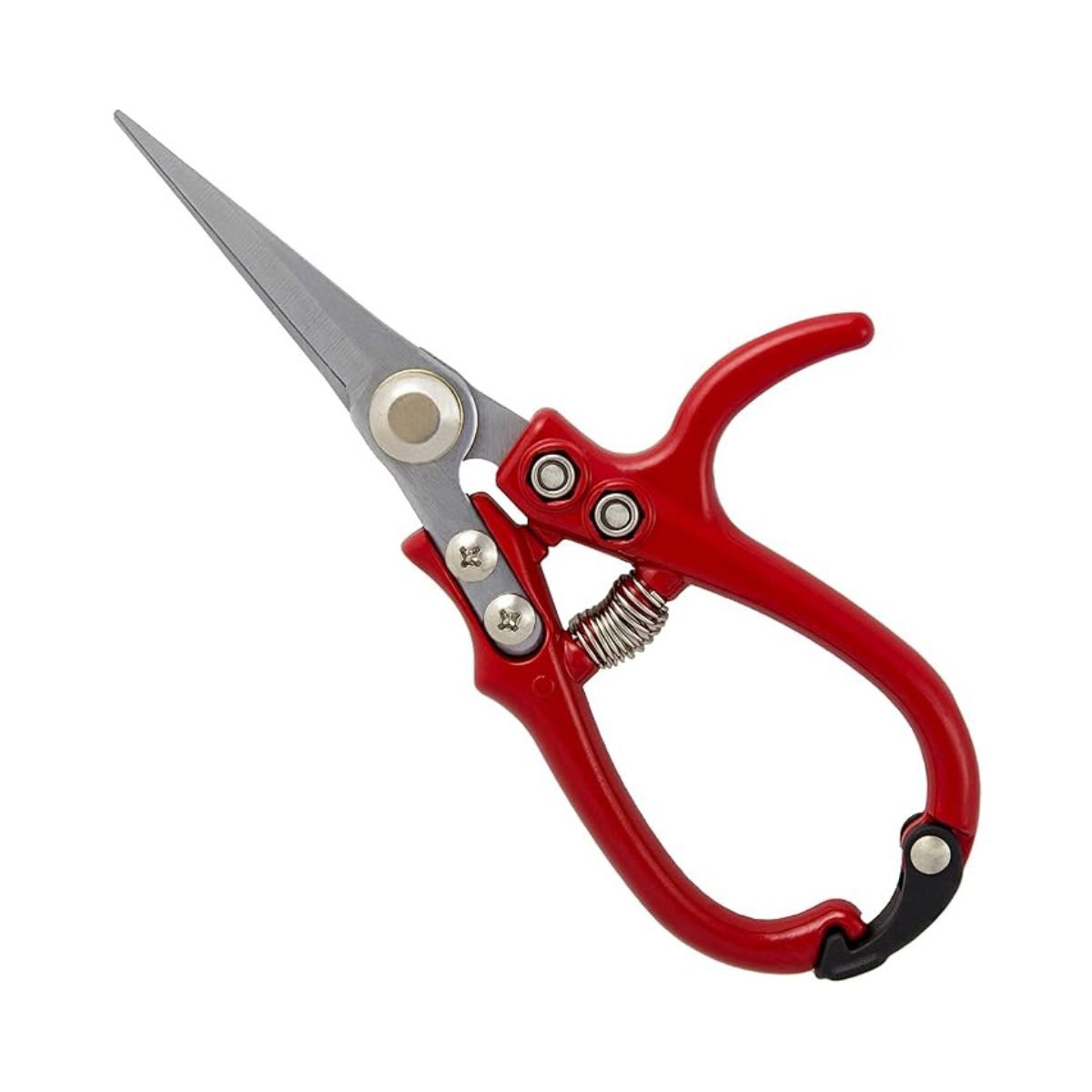How to deadhead sweet peas properly – for relentless, uninterrupted flowering all summer and into fall
Learn how to deadhead sweet peas for unabating flowering from these darling summer blooms

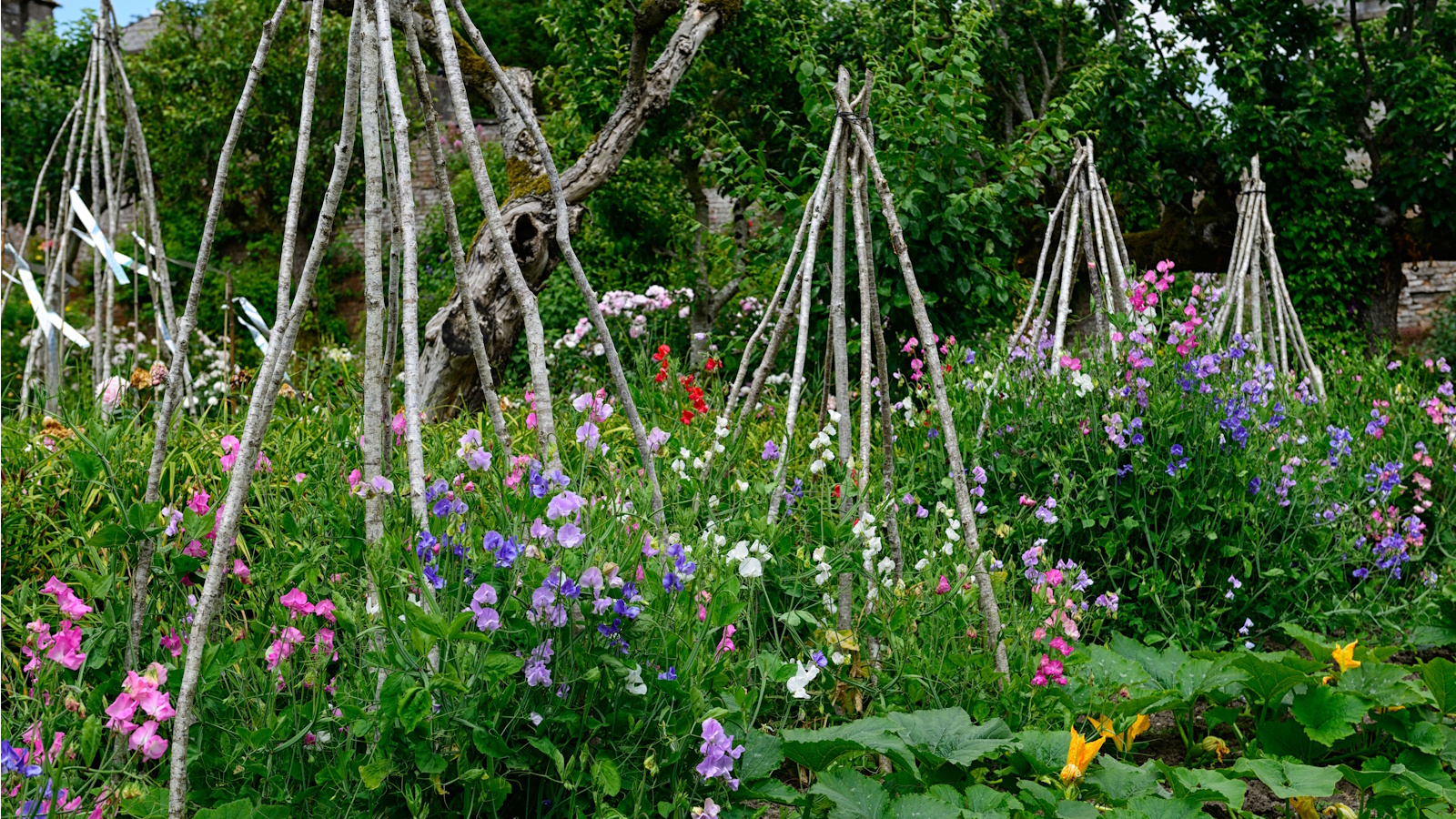
No summer garden is complete without sweet peas. With super-abundant, delicate flowers with a heavenly perfume, they are addictive to grow, not least for their cut-flower potential, filling our homes with armfuls of frilled and fragrant blooms all summer long.
Learning how to grow sweet peas couldn't be more straightforward. They're strong, long-flowering and highly productive plants, and for intense scent and beauty, you cannot beat them. The main thing to bear in mind is that they are cut-and-come-again flowers, and to prolong your sweet pea crops, they need to be picked regularly.
Here, we explain how picking at regular intervals will keep your plants flowering right through summer and into fall.
Is it essential to deadhead sweet peas?
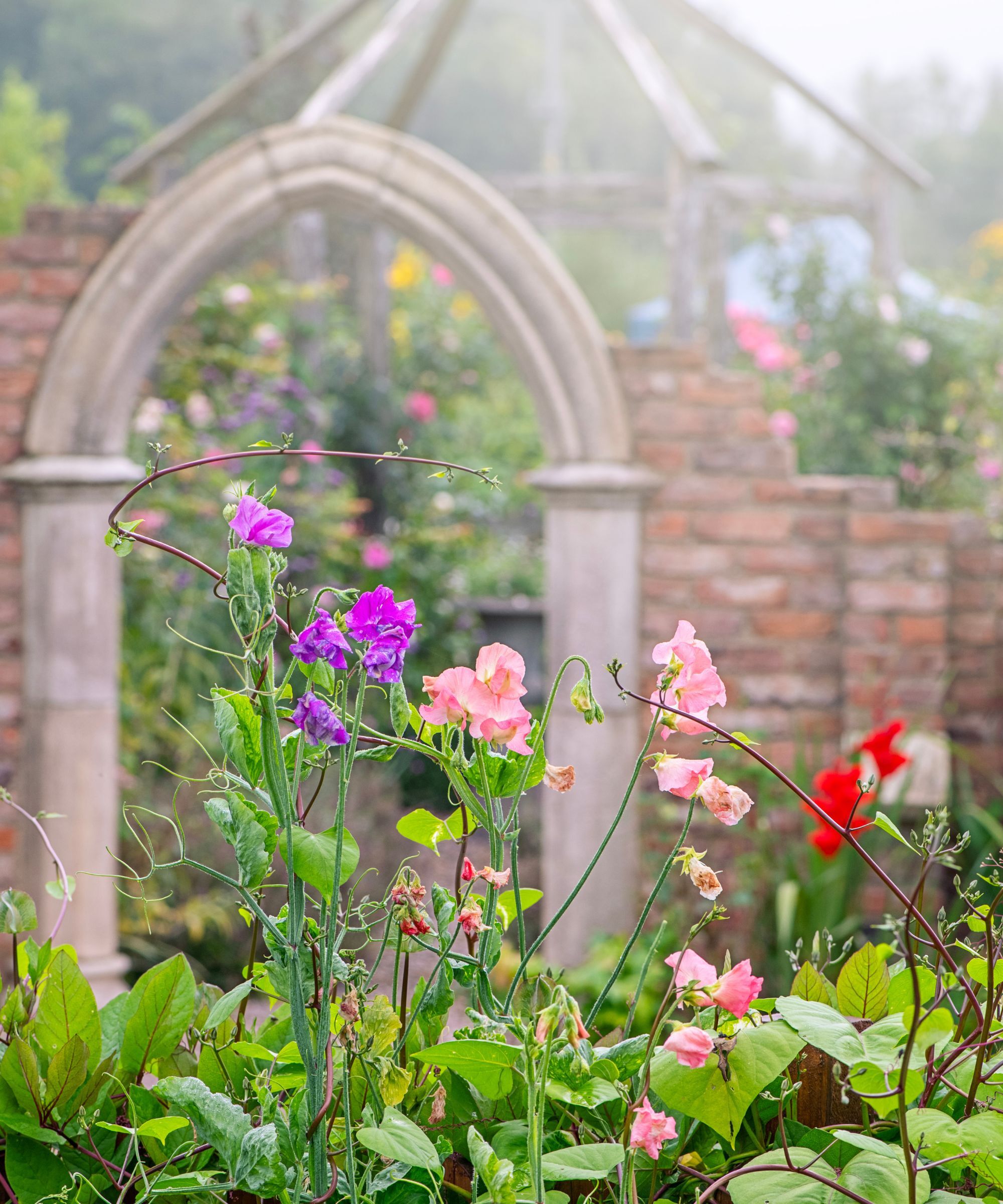
The short answer to this question is, if you want a proliferation of pretty sweet pea flowers, yes, you must pick or 'deadhead' your sweet peas.
Usually, with deadheading, you are keeping your eyes out for spent flowers (flowers which are coming to the end of their life). However, when it comes to sweet peas, it's best not to let the flowers come to the end of their life; you want to pick them off beforehand.
As we hurtle into summer and temperatures spike, sweet peas concentrate their energy into producing seeds and stop concerning themselves with producing any flowers. Sweet peas are flowering annuals, and as such, once seeds develop, they tell the plant that its work is done, and the plant starts to die back.
We want to delay that process, so as to have more flowers all summer long, thus maximise the flowers and minimise the seeds.
Design expertise in your inbox – from inspiring decorating ideas and beautiful celebrity homes to practical gardening advice and shopping round-ups.
Regular picking will encourage more flowers and prevent plants from setting seed. You'll also have a steady supply of cut flowers for the house, which is a total joy to the senses.
You should also remove any spent flowers and seed pods that have started to form at the same time.
When to pick and deadhead sweet peas
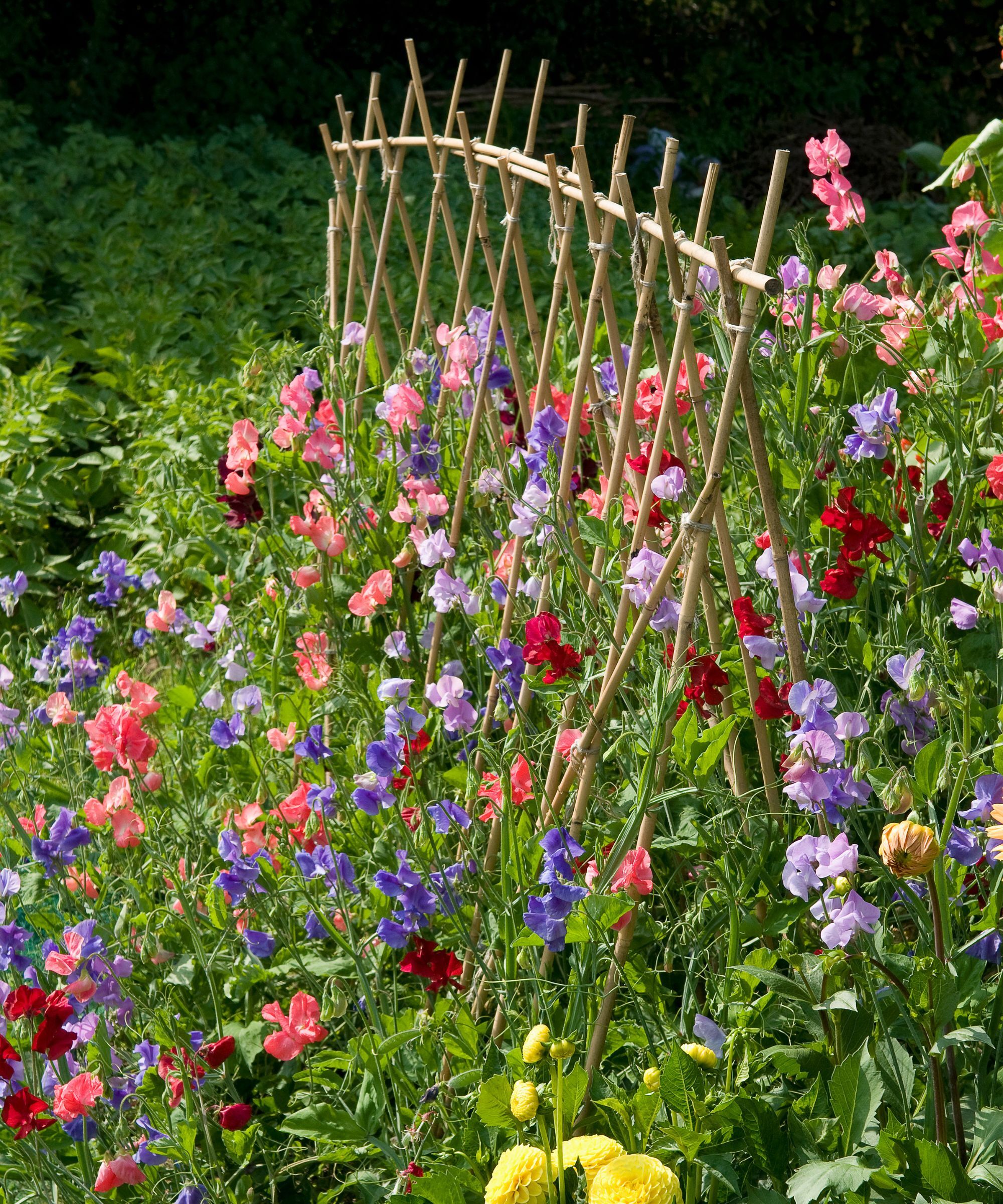
The best course of action is to harvest flowers as often as you can all summer long to keep the plants producing more pretty flowers.
Once a week should be sufficient, but you may find that at their peak, you’ll need to pick and deadhead every couple of days. Whatever happens, keep a close eye on them to prevent them from producing seeds.
A good rule of thumb? Whenever you are in the garden, secateurs in hand, and you see some sweet pea flowers, don't be afraid to cut them; they won't suffer from it, they will only go on to produce more and more flowers. As the flowers open, keep cutting, and never leave seeds to develop on the plants.
How to deadhead sweet peas
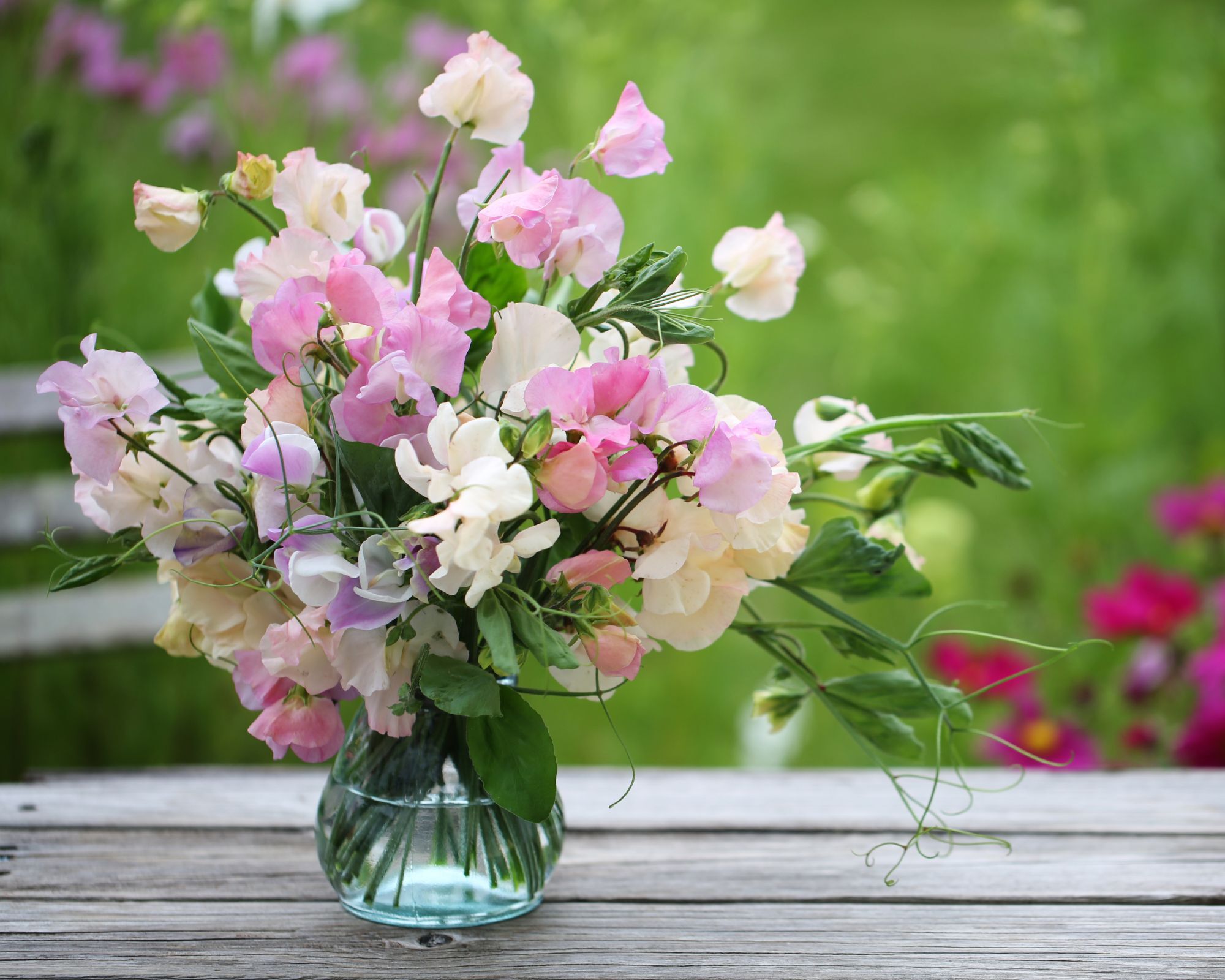
Happily, the way to cut back sweet peas is the same for all sweet pea varieties.
Cut back as far along the stem as possible, and don't leave any stubs. Using garden snips for this is better than using your fingers, so you leave a clean cut, which will prevent damage to the plant.
You can leave any new and emerging flower buds, so your plant won't be bare of flowers for long. However, if you find any pods of seeds, remove them immediately. You can always remove the seeds from the pods and dry them indoors, so you can use them to propagate next year's sweet peas.
Though it is best to prevent your sweet peas from going to seed as much as possible by picking before seed production sets in.
After picking your sweet peas, be sure to water the plants thoroughly, and don't let them dry out.
If you are finding that your sweet peas are too leggy and getting very lofty without producing many or any flowers, cut up to half the leaves off the plant, and remove as many tendrils as you like.
To prevent this in the future, pinch out emerging tips to encourage side growth when the plants are fairly young, about 10cm tall. Find the central growing tip and pinch it between your finger and thumb. This will encourage the plant to grow out rather than up.
Shop deadheading essentials
Remember that sweet peas want to grow up, so for happy and healthy plants, it is worth planting them against a trellis or making a sweet pea teepee, so they can climb and ramble in all their glory.

Sophia Pouget de St Victor is the UK Content Editor at Homes & Gardens, bringing readers the latest trends, expert insights, and timeless design inspiration tailored to a UK audience. With a background in luxury interiors and a qualification in Garden Design from London, she has a passion for creating spaces with character and emotional depth. Sophia gravitates toward interiors that defy definition, valuing individuality and effortless elegance. She lives in West London with her partner, two mischievous terriers, and a plump cat named Lettuce.
